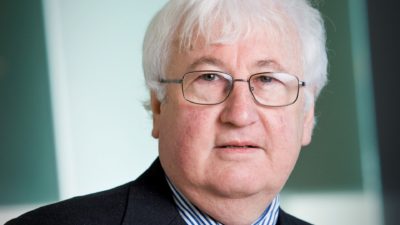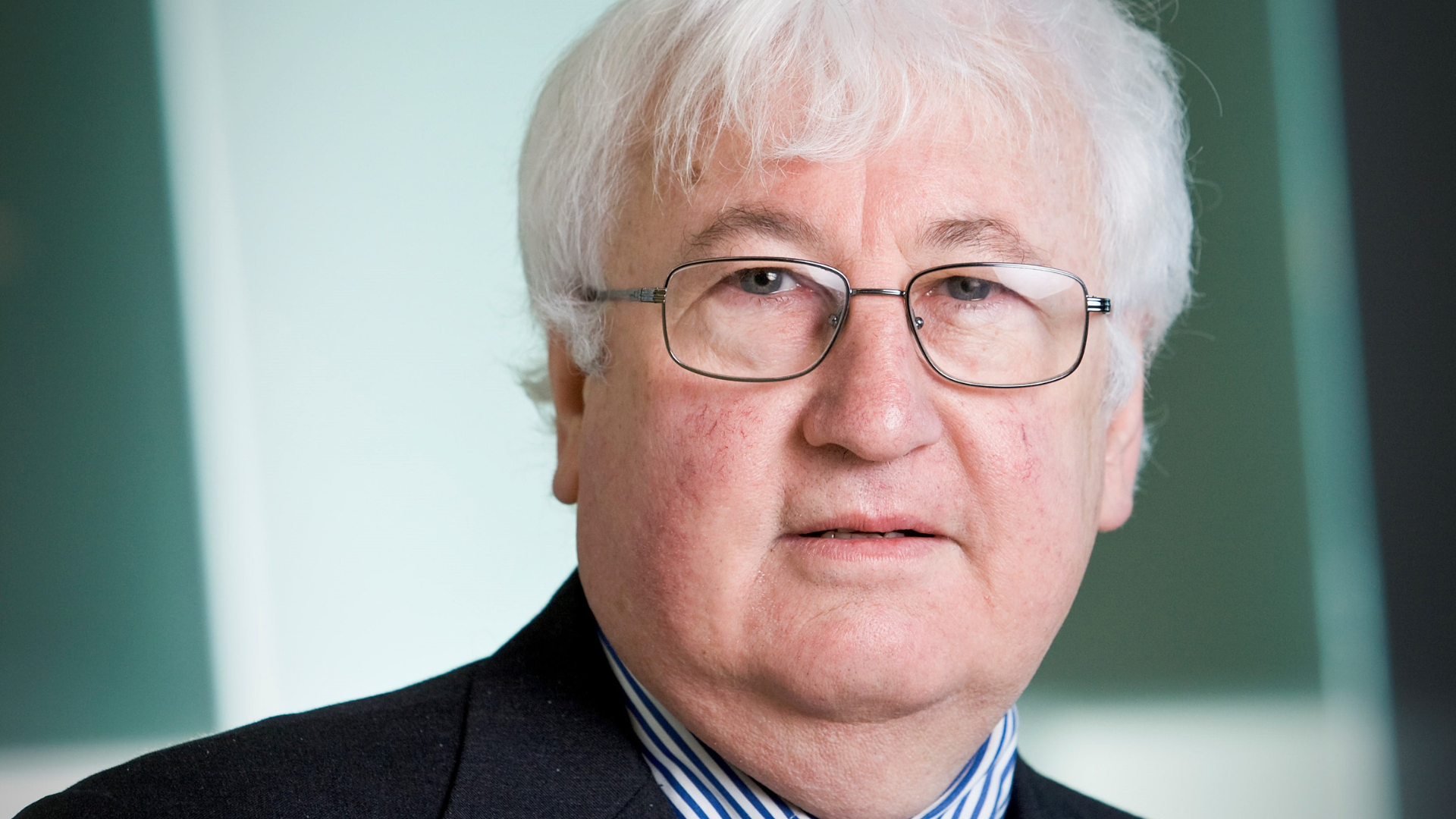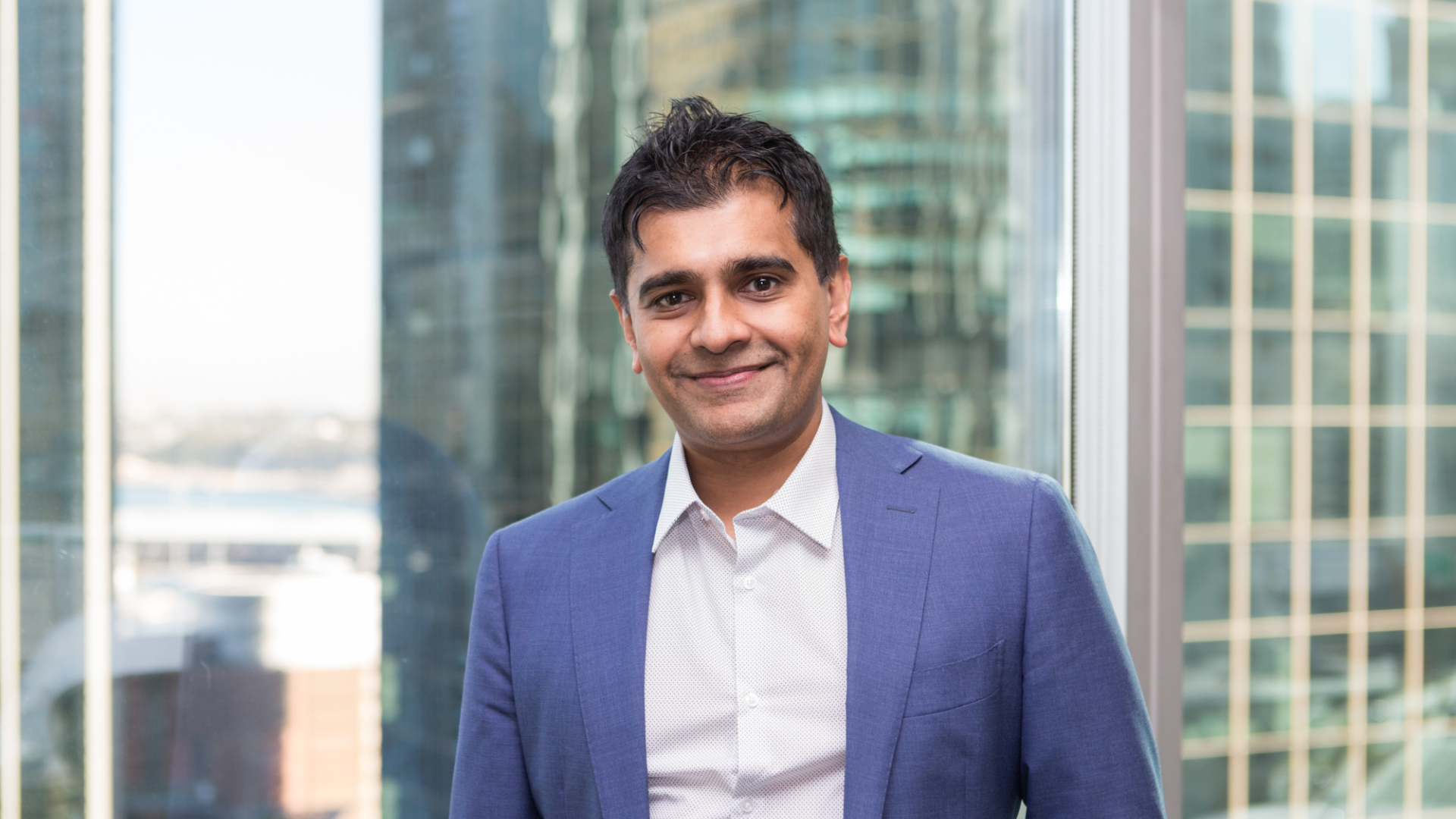How APAC funds differ in risk assessment processes
(Dietmar Roessler)
The 2015 BNP Paribas Securities Services risk assessment survey of fiduciary investors paints a solid picture of confidence among senior management of 177 of the largest funds. But there are significant differences in risk tools and perceived challenges between regions.
Important themes to emerge from the survey results included the abatement of regulatory change as a major challenge, indicating funds think that the heat may have gone out of this strong trend of the past few years, but the increasing complexity expected in risk management.
In fact, that “risk management will become more complex” was perceived to be one of the major challenges for 59 per cent of respondents and the biggest challenge for 23 per cent. Increasing complexity in general (internal and external environment), was one of the major challenges for 43 per cent and the biggest challenge for 10 per cent.
Of the 177 pension funds, insurance funds, government funds and corporates surveyed, 57 were from Asia Pacific, including 10 from Australia. Europe, Middle East and Africa accounted for 73 funds, North America 29 funds and South America 18.
The majority of APAC funds (60 per cent) perform risk analytics daily, compared with only 38 per cent of North American funds (and less for the others). BNP believes this may reflect the more fragmented nature of the APAC region and a broader array of investment opportunities.
APAC funds are also more likely to do their investment risk analytics inhouse. Only 2 per cent of APAC funds outsourced all risk analytics, with North American funds the only others to have a negligible level of complete outsourcing.
Also, APAC funds were more likely to use newer, non-traditional methods of monitoring investment risk than the other funds. For instance, 60 per cent of APAC funds used stress-testing techniques, against 50 per cent of North and South American funds and 40 per cent of EMEA funds. Similarly, 80 per cent of APAC funds used exposure reporting to show concentration risks (50 per cent North America and 33 per cent EMEA), 60 per cent used simulation models such as Monte Carlo analyses (25 per cent for North America and 36 per cent for EMEA) and 60 per cent used “sustainability scores” (25 per cent North America and 21 per cent EMEA).
Dietmar Roessler, head of client segment, asset owners, at BNP Paribas SS, said the survey results should be of interest not just to asset owners but also to service providers, fund managers, banks and broker dealers. The results, which were also based on one-on-one interviews, represented an inside view on the risk pressures felt by asset owners. The funds had an aggregate of US$6 trillion under management.










